Not all insulation materials are the same, and they are not always interchangeable
A basic understanding of how walls work is needed to help you understand what you can reasonably expect insulation当建筑材料是墙体组件的一部分时。If you have a working knowledge of building science then forge ahead, if not, check out thisvideo about high-performance wall construction and insulationfirst to learn the basics.
Understanding the physics behind how walls work is the key to designing well-insulated, airtight and durable wall systems.
Loose fill or dense-packed cellulose insulation

Recycled Content: 80% to 100%
Method and form: Cellulose consists of shredded newsprint and is non-toxic, recycled and generally local. It’s great for attics, you can blow it to whatever depth you want (with proper ventilation) and there are no seams to allow heat loss. It’s alsoan excellent choice for insulation packed into walls因为它几乎不允许空气渗入,而且防火防虫。
R value:3.66 per inch
-
Notes:就性能和环境影响而言,这是最佳选择,但由于其对水分的敏感性,不建议用于地下室。
Cellulose rigid foam panel insulation

UPDATE: A newenvironmentally-friendly rigid foam insulation board made from cellulose nanocrystals is a viable alternative to Styrofoam- according to researchers at WSU...
This product has us really excited, because it's looking like a "game-changer" though it is still in the research stage and not yet commercially available, it deserves a mention. Researchers at Washington State University have developed a rigid cellulose foam insulation panel that one day we hope will replace plastics based foam as a standard building insulation. And better still is when the natural alternative for these plastic based rigid foam insulation boards is a naturally derived cellulose high-performance panel with ahigher R-valuethan current rigid insulation panels such as EPS, XPS and Styrofoam. Read more aboutwhich are the best rigid cellulose foam insulation panels here
Fibreglass insulation

Recycled Content: About 20%
Method and form: Batts are most common but it’s available in rigid. Reasonably low impact in production; raw materials are abundant; it offers good R value and reasonably good soundproofing.
R value:2.9 - 3.8 per inch
-
Notes: Fibres are volatile and installation can irritate the skin. Be sure to wear a mask, gloves and goggles. Make sure it is well installed- It doesn’t perform well if compressed, and gaps around studs and headers can actually encourageair convection causing heat loss.
-
Fibreglass is moisture sensitive and should not be installed where it will be exposed to moisture. Despite how commonly it can be found insulating foundation walls, it should never be installed against a cold concrete wall. See our pages onhow to avoid or get rid of mold in basementsfor more on this.
Rockwool mineral fiber insulation:

Recycled Content: there is a minimum of 75% industrial waste in stone wool insulation, often as high as 90%. The most common commercial manufacturer is Roxul, so that tends to be its common name on job sites.
-
Method and form: Batts or rigid panels, the batts are an excellent replacement for fiberglass (as seen in the main image above). Rock wool can be more costly per batt but has a higher R value than fibreglass per inch; less health risks during installation; easier installation; it performs better for fire and sound and is less harmful to the environment. Rock wool ComfortBoard rigid board insulation comes in various thicknesses starting at 1 ¼ (R5). Installed in conjunction with batts it can be a great replacement for foam as a thermal break.
-
Rock wool batts can be either specifically designed for insulation, or specifically designed for soundproofing. Insulation batts are not rated for soundproofing, but still outperform most other materials for sound reduction. Be sure to get the right product for the right application.
-
Rock wool in interior walls reduces sound between rooms and floors, as well as offering fire protection.
-
Below grade durability : as the climate warms, termites are moving north into Canada. Termites love foam insulation but the fibers in rock wool cut them, so they leave it alone.
Note:Rockwool insulationis a favourite of ours because of its durability and versatility. It is completely permeable to and unharmed by moisture, so there is less risk of damage during installation as well as during its operational life. It is hydrophobic (meaning it will not absorb water and moisture), so it can get wet without causing great concern. Once it dries it will maintain it's original R value. Given the chronic water and humidity problems that plague basements, stone wool is a much more suitable product for basement wall insulation than fiberglass.
Hemp insulation:

Recycled content:Hemp is a natural and renewable material, making hemp batt insulation(and hemp boards)a very sustainable building material. As it is a newly emerging raw building material, no market for recycled materials has formed, but the materials are recycleable and reusable.阅读更多关于麻绝缘的内容。
R value of Hemp: about R3.5 per inch.
Pros:大麻是一种可再生无毒的储碳材料。麻棉絮处理水分相当好,可以安全地吸收框架材料中的水分,使其成为耐用的棉絮绝缘形式。它可以减少声音的传播,并能抵抗害虫。Hemp is Hypoallergenic and natural so no special safety gear such as gloves or masks are required during installation and it can help ensurea home with extremely safe and clean air quality.
Cons:It’s not a cheap material just yet, but hopefully that will change as it earns a larger market share in the mainstream industry. Expect to pay a little more than Rockwool panels.
Hemp doesn’t compress well, so it takes more volume for shipping. It can be tough to cut, so when purchasing Hemp insulation it is recommended to purchase a saw at the same time.
Straw bale homes:

Recycled Content: Straw bale walls are the used stalks of grains, so they are generally 100% recycled and act ascarbon storageso this will significantly reduce the overall ecological impact of your home.
Method and form: Traditionally it’s been done as stacked bale walls that are then covered in mud, and now prefab straw panels are beginning to show up on the market. You won’t find them at the big box stores, but they’re out there. AGreen home in Peterborough, Ontariowill be using them in an attempt to be the greenest home construction in Canada, success of that project will likely earn straw panels a bit exposure.
-
Notes: Be sure to research techniques well, being an organic material straw bales are highly susceptible to moisture damage and must be kept completely dry during construction. We really want to stress this, because this is a sensitive building technique and the stakes are pretty high if you don't do it right.
-
Bale walls have a very high R-value (around R40) and make for about as environmentally responsible a building material as you can get. But it is extremely labour intensive for sealing, so hopefully you have lots of friends that like playing with mud.
-
Excellent for soundproofing
Foam boards: expanded (EPS) vs. extruded (XPS)
XPS (Extruded polystyrene) refers to the coloured solid foam panels you most often see on the outside of buildings under construction. It offers a higher density and higher R-value per inch than EPS (expanded polystyrene) but because of its lower cost, EPS offers more R-value per dollar spent.
Manufacturers of XPS and EPS claim both products can be recycled, but a complete life cycle analysis shows EPS having a better overall environmental impact when compared to XPS, as EPS can be recycled in many more ways at the end of its usefulness.点击这里阅读更多关于硬质泡沫保温板的选择。
Expanded polystyrene foam (EPS)

Recycled content: Not very high, (though it could and should be, but it isn't commercially viable.)
Method and form: Comes in panels, 2x8, 4x8 and other dimensions, with variable thicknesses.
R value:3.6 to 4.2 per inch.
-
Notes: EPS is the only commercially available foam insulation panel that is at all vapour permeable, which can be an advantage in some applications, as can those that are vapour impermeable.
The common blowing agent for EPS is pentane gas, which is ozone safe but has a global warming potential (GWP) 7 times greater than carbon dioxide. This is significantly lower than other types of foam, so we recommend it as the preferred choice of foam whenever foam insulation is the best option possible for the application.
Excellent as arigid foam insulation board for below grade applications and insulated slab forming, both inside and out. EPS is unharmed by moisture, and allows a certain amount of moisture to pass through it. Even Treehugger recently admitted that in certain applications, such as remedial wall insulation, EPS foam insulation needs to "come out of the shadows" of being lumped in with Styrofoam as it makes absolutely the best sense per $ and environmentally for continuous and resistant insulation in buildings.
Extruded Polystyrene Foam (XPS)

Recycled content:最少的。
Method and form: Comes in panels, 2x8, 4x8 and other dimensions.
R value:5 per inch
-
Notes:
XPS acts as a vapour barrier and air barrier.
Blowing agents are 1430 times worse than carbon dioxide, exponentially worse than EPS. For ecological reasons rather than performance, we recommend limiting its use when possible unless it is genuine Dow Corning styrofoam which usesfoam blowing agents that are environmentally better. All the same, a combination of polyethylene and EPS can offer the same vapour protection as XPS, more affordably and with significantly less impact on climate.
XPS is durable and unharmed by moisture, so it works well below grade, but not as well as EPS because of long-term moisture retention.
S.PU.F. (Spray Polyurethane Foam)

U新型喷雾泡沫发泡剂,可显著降低其对环境的影响。Read more.
Recycled Content:最少的。有些产品被宣传为“以大豆为原料”,但与对生态的影响相比,大豆的含量太少了,几乎是在洗绿。因为它的优良性能而使用它,但不要欺骗自己,以为你的家是用豆腐绝缘的,因为它绝对不是。
Method and form: Urethane is sprayed on, and structurally solid to the point that you can walk on it in about 20 minutes.
R value:6 per inch
-
Notes: SPUF作为蒸汽屏障和空气屏障;发泡剂也比二氧化碳和EPS差得多。尾气排放可能比其他产品更令人担忧,因为化学品是在现场混合的,所以在生产设施和运输的不同阶段不会发生尾气排放,而是全部在您的家中。
Polyisocyanurate insulation (or Polyiso)
Method and form: commonly in 2x8 or 4x8 sheets with foil backing

Performance:R6 - 6.5 and even higher are the claims of some producers, but independent researchers say it is more accurately calculated at about R5.6 per inch.在这里阅读更多关于polyiso绝缘的潜在陷阱。
Polyiso can be a great product in some applications but has some notable limitations. It is moisture sensitive, so it is important that it not be exposed to weather during construction or its service life. Panels come with foil membranes on either side to contain gas, though it will leak out eventually, reducing R values.
The stated performance is R6 - 6.5 per inch, but this is somewhat misleading as that is only at warmer temperatures. The performance starts to drop significantly below 10°C, and its performance at much lower temperatures (-20°C and below) is abysmal, hardly better than wood. A great product for interior use, but it must be on the warmer side of a wall assembly to do any good at all.
In the right environment (warm and dry) polyiso is one of the preferred foam products as the performance is high but the GWP is low, similar to that of EPS. Be aware that the foil membrane acts as a vapour barrier, and taped can act as an air barrier as well.
Cotton insulation (denim)

Recycled Content: 90-100% recycled. Use your GWG’s to lower your GHG’s
Method and form: It comes in batt form like fibreglass and stone wool. It performs better than fiberglass during high winds and at low temperatures; it is extremely effective for sound absorption and thermal performance; easier installation than fibreglass; no protective gear needed; it contains 10% boron-based fire retardant (a natural non-toxic mineral),and it's resistant to fungus, mold, and pests.
R value:3.4-3.7 per inch
- Notes: It takes less energy to manufacture than other types of traditional insulation, contains no chemical irritants, and is completely safe and easy to install by homeowners. It’s not too common in the Canadian market yet, so it might be expensive if your lucky enough to even find it.
Thermal foil vapor barrier:

We’re including this with insulation, mostly to make clear its proper applications. Thermal foil refers to a bubble wrap with foil that acts to reflect infrared heat in certain situations. For it to work properly there needs to be an air space on the warm side.
It is an effective (if expensive) vapor barrier, and if you install a second layer of strapping for an air space, it will reduce infrared heat loss. Exactly how much is hotly debated and depends a a couple of factors - how it is installed and where it is installed within the wall assembly. Whether or not you will get your money out of it is questionable.
The place NOT to use it is anywhere that it will have no air space, like underneath a concrete basement floor as insulation. I say this because it has been used for this purpose, and is completely ineffective. It would do no harm and still work as a vapour barrier, but it is a waste of money buried in concrete. See our pages on地下室板的保温量最好for more on how best to stay warm below grade.
To read about every aspect ofinsulation choices and applications when building or renovating a high performance home to a better standard for the dollars spent see here, from the EcoHomeGreen Building Guides-North America's best green building resource...
To watch'how to' videos about insulating a Living Green Roof see here


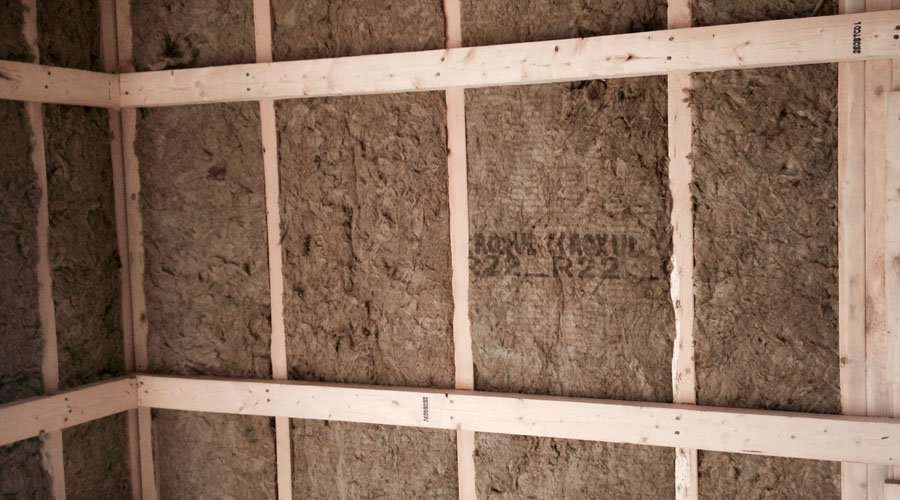















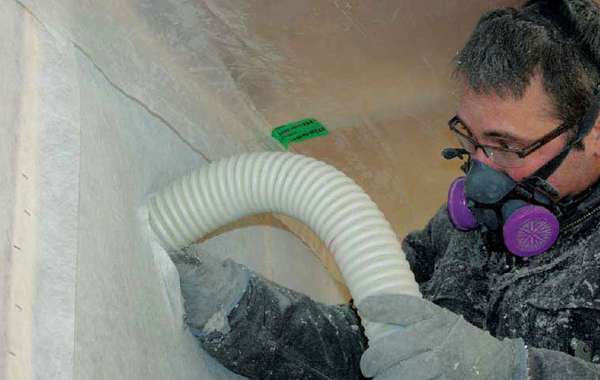
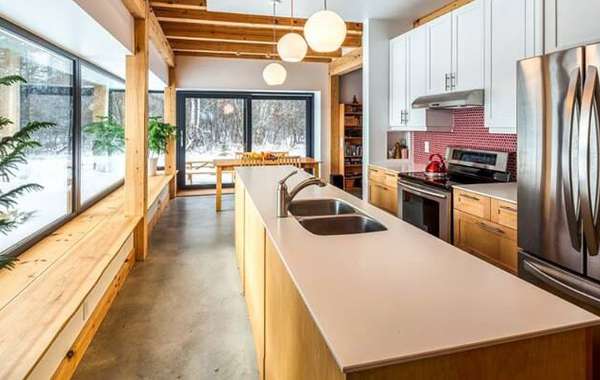
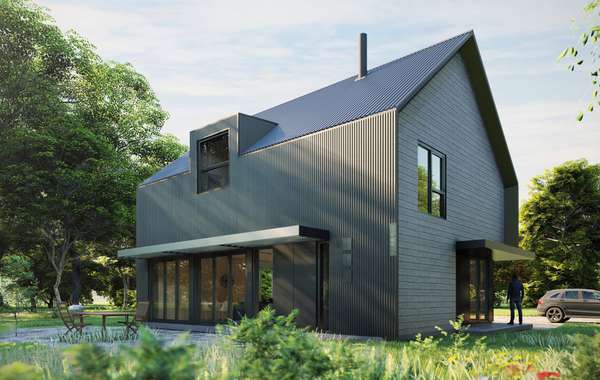
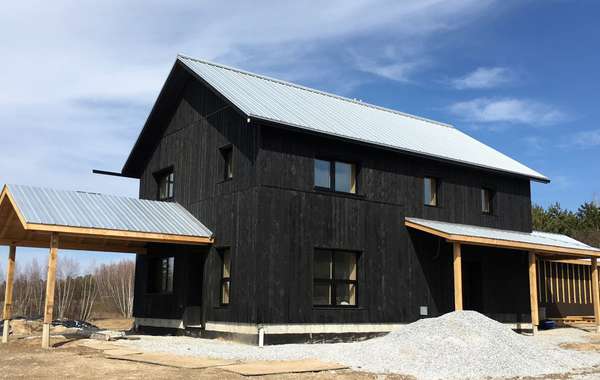
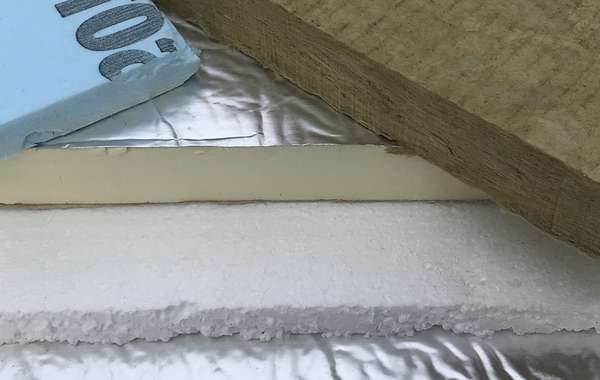
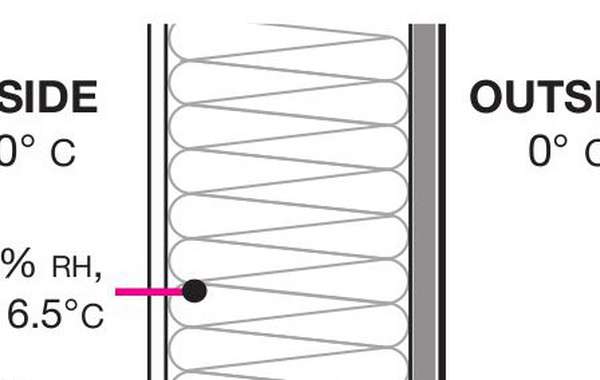
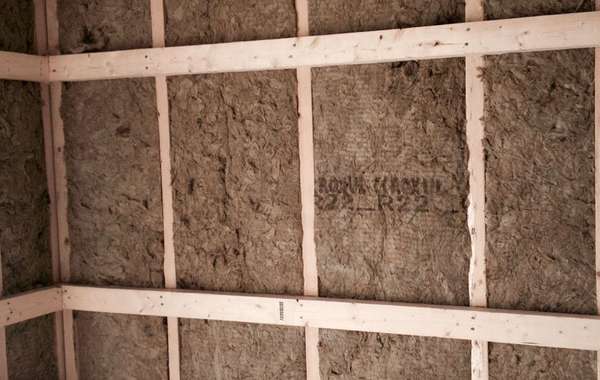
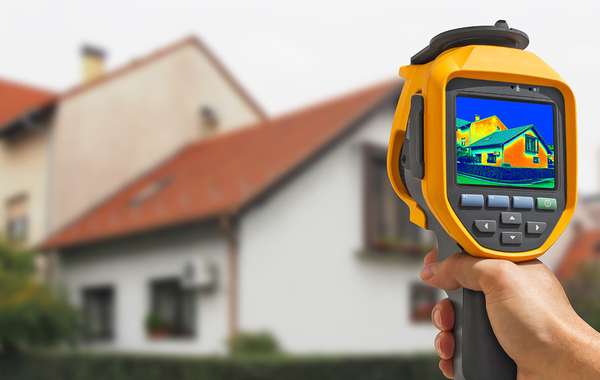
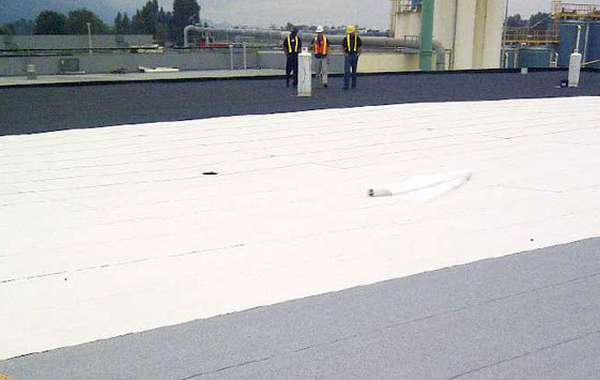
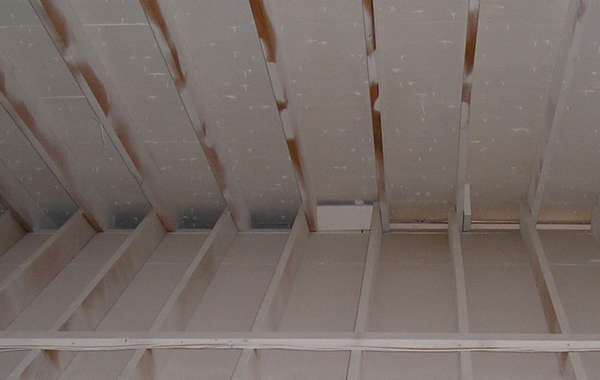
Great Insulation imformation. I really like the Cotton/Denim
Yes it is a little more money than the toxic itchy mold growing other stuff but you get what you pay for. After 25 years in the drywall and insulation business I liked it so much I opened my company to create availability in central and eastern Canada. Keep up the GREAT work
Kevin Royce / ECO Building Resource
Thanks for the feedback Kevin. Feel free to include your contact info so people can find you as well.
And if you're interested in sharing more about this product contact me and maybe we can add something more detailed to the page regarding the benefits, performance and cost.[email protected]
Regards,
Mike
您是否研究过Icynene喷雾泡沫保温材料作为上述标准聚氨酯泡沫的替代品?显然,它是由蓖麻油制成的,不含挥发性有机化合物,使用水来膨胀,而不是使用HFC或HCFC。
凯文,我读到过,棉絮很难切割,不会膨胀来填补缝隙,还有其他类型的棉絮绝缘材料。我是一个设计师,而不是安装程序,所以我想听听你对这些评论的看法。
Thanks, Greg.
你好,我有一栋建于1960年的小屋,需要隔热。我不确定我应该在室内还是室外使用绝缘材料。地基:水泥,墙壁:下部是砖,再往上是木头。谁能帮我做这个项目?
thank you so much.
Hi, certainly its essential to insulate outside of building however sometimes it is not so easy or even impossible due specific circumstances as facade detailing you want to keep etc
A customer asked me once.....if the blown insulation is made from newsprint...how did it become fire resistant?
It's usually treated with boric acid as a fire retardant, there are really no health effects, we often hear that it is not more harmful than table salt.
Regards.
把我送到这里的网站,你那篇优秀的文章,上面说硼酸实际上对呼吸有害所以它应该在一个好的屏障的另一边。我用回收的纤维素作为致密包和松散填充绝缘材料。It's always important to wear breathing protection, a good double-strap mask or better, when installing.
Useful info.
I think there is some info missing from this article? The last paragraph under spray foam appears to be a repeat of the XPS section.
What about expanded cork panels? Are they better for low frequency noise as compared to wool?
I don't see wool insulation here and have been looking into it for my own potential build from a company called Havelock Wool. Curious if you have any recent experience with it?
我们团队中有一个人曾与它合作过,他的叙述——确实与许多人的经历相呼应——就是在潮湿多雨的天气里,一个家可能开始闻起来像羊圈。所以它肯定是一种自然的、低影响的材料,这一点让我们无法真正提倡它。如果你最终去了,它的工作很好,请让我们知道。